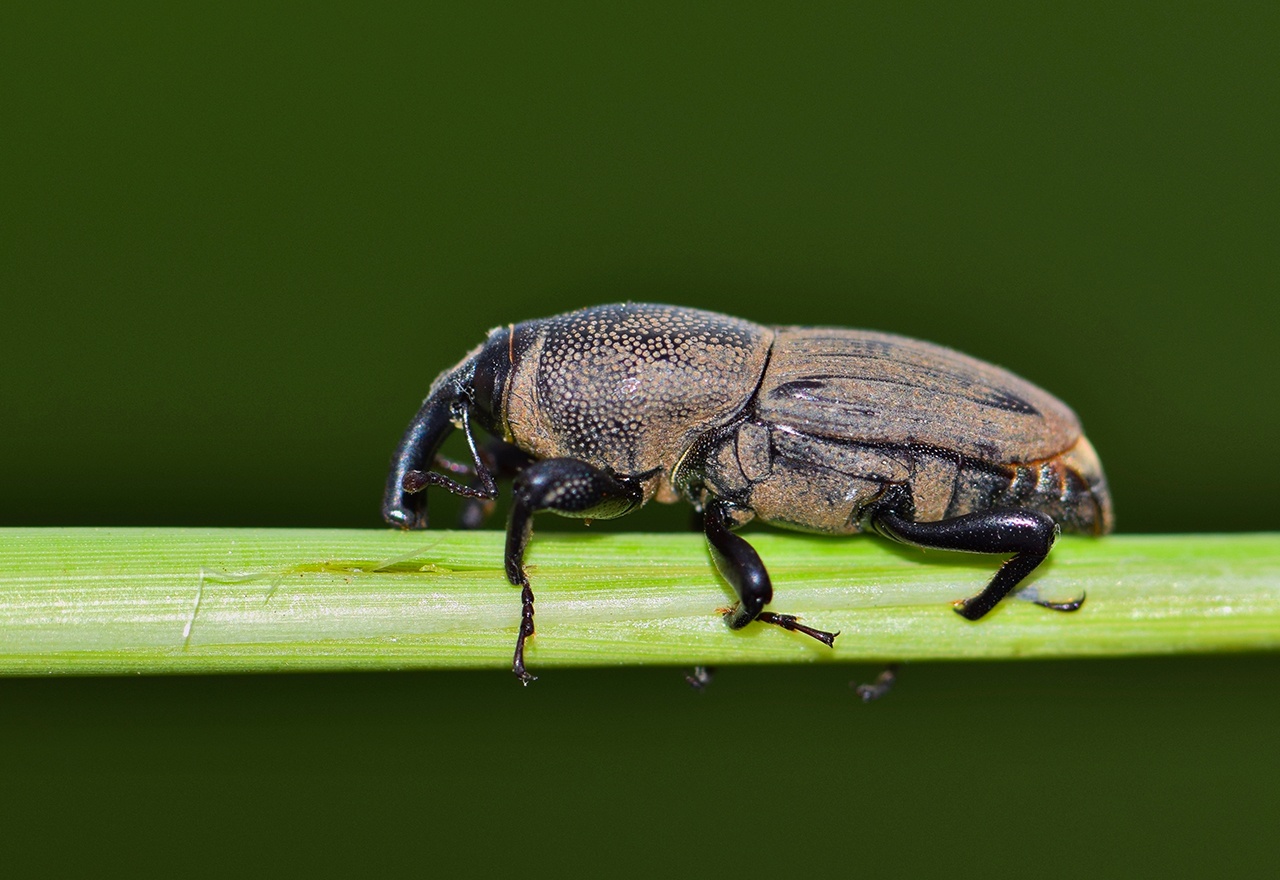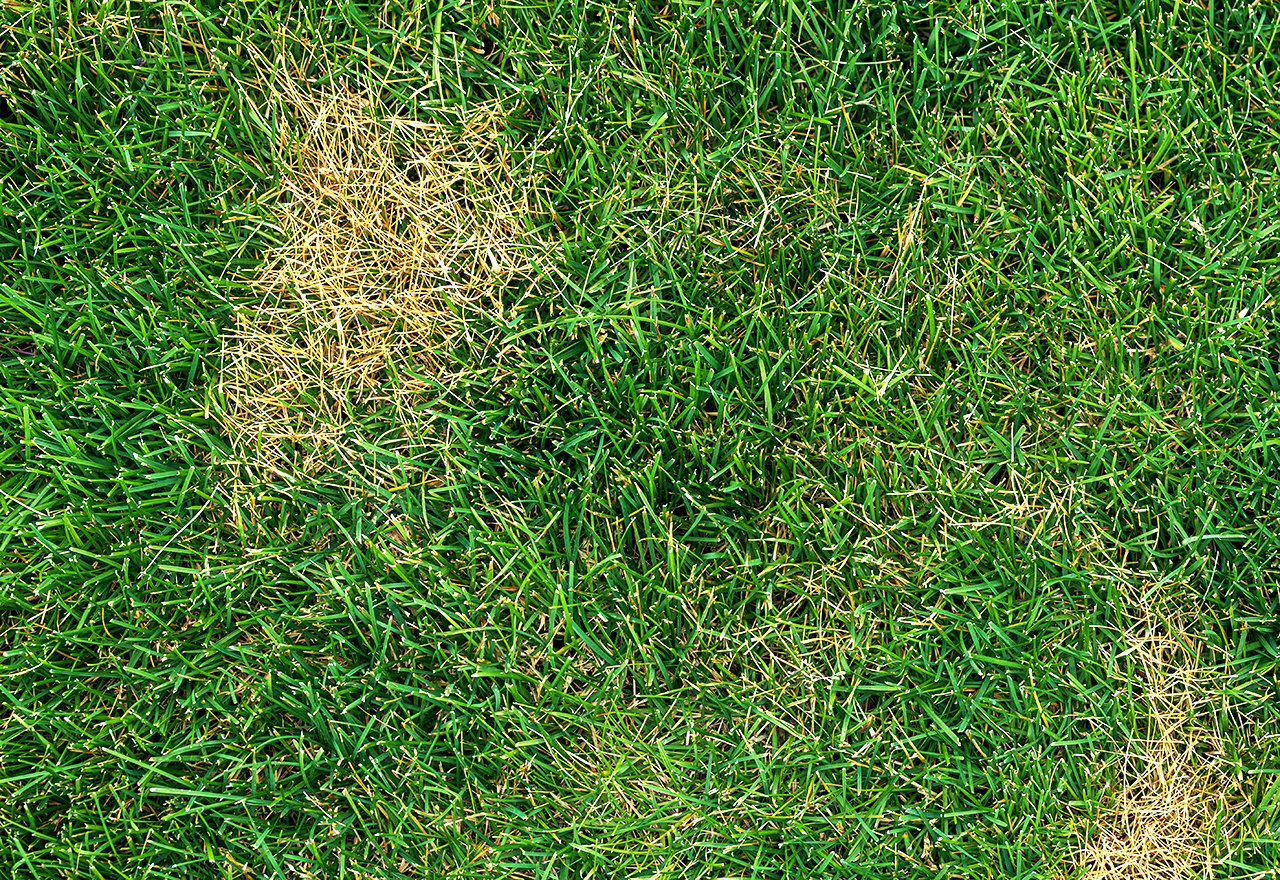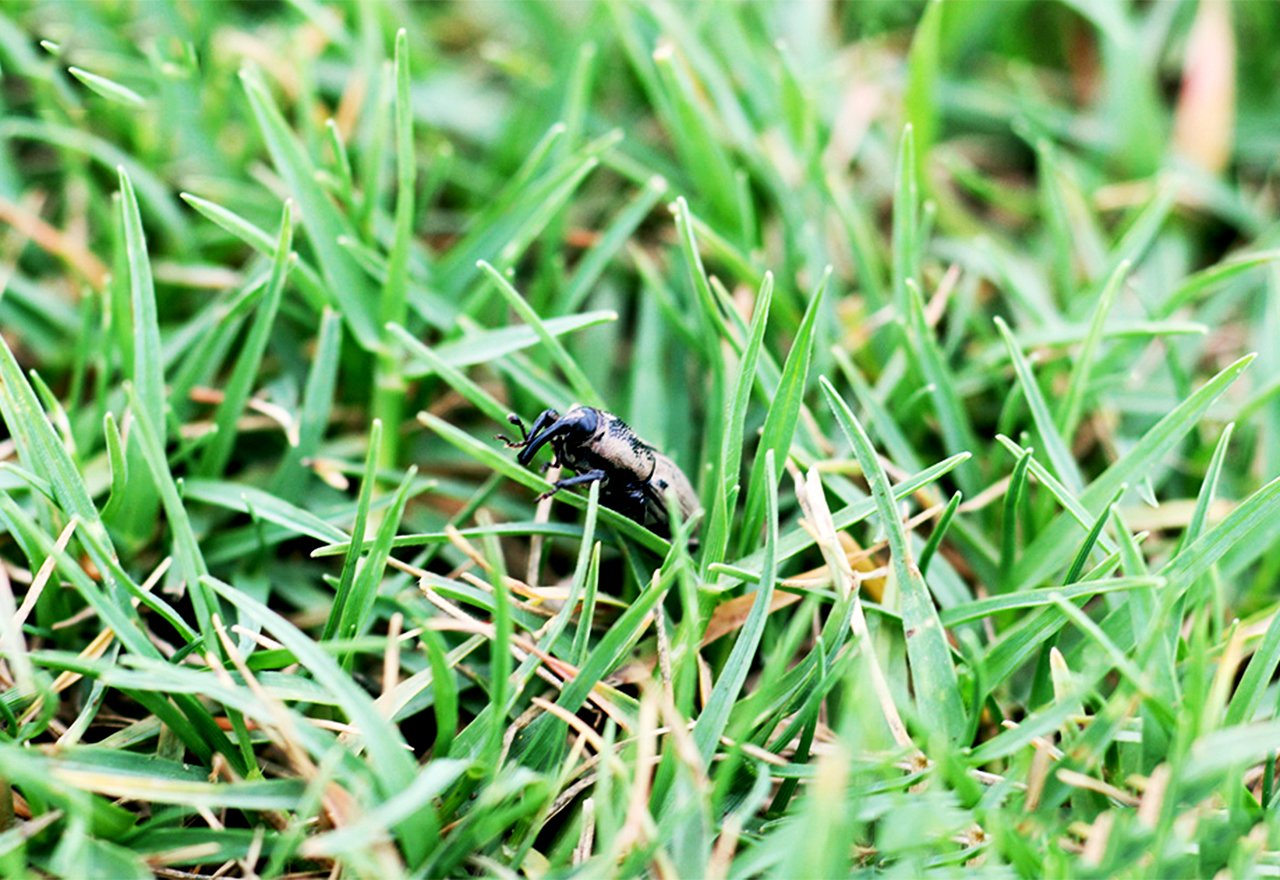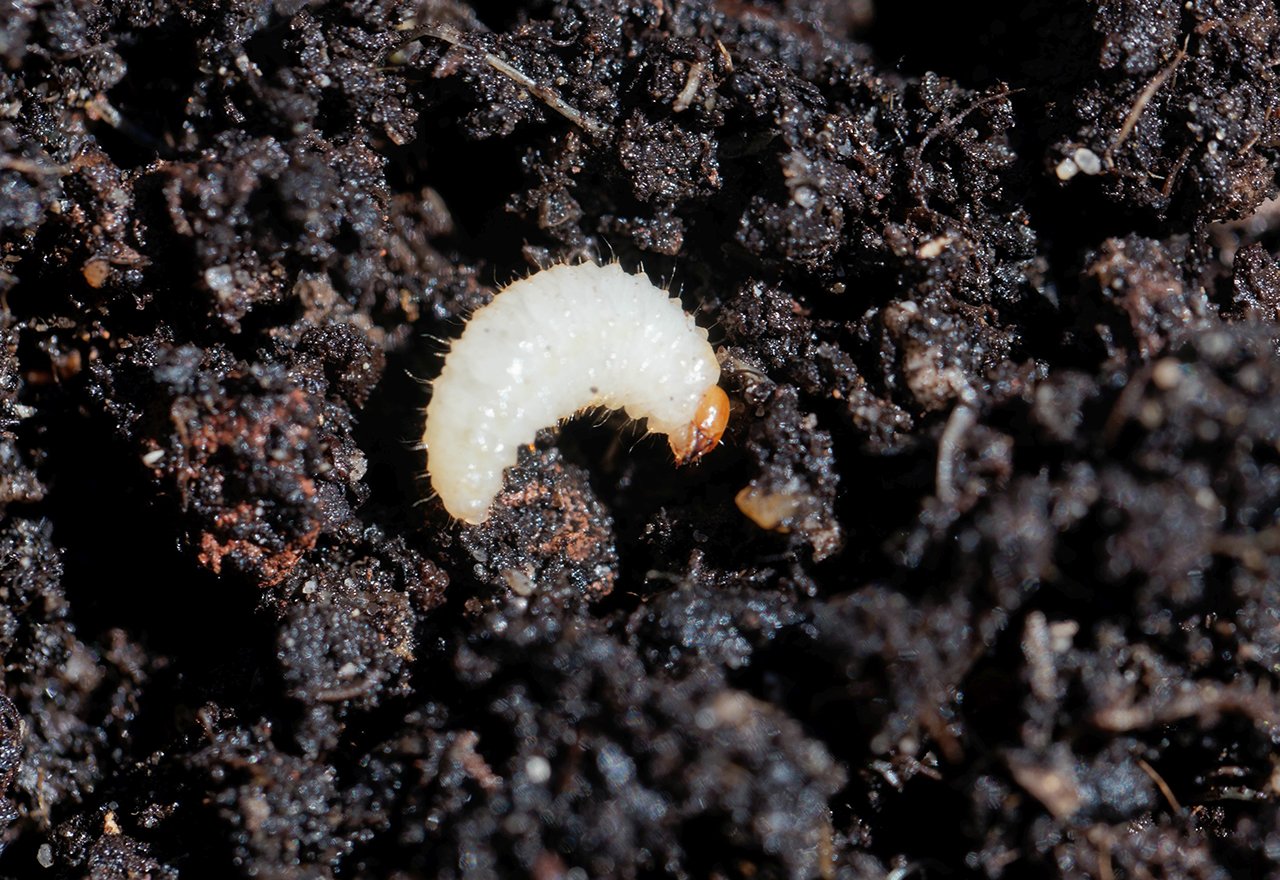Billbugs Tunnel into Your Lawn, Eating the Grass and Causing it to Turn Brown

Not all bugs are bad. In fact, most are actually beneficial. So, don’t be alarmed just because you see bugs. It's actually a good sign! However, some bugs damage grass, and the Billbug falls into that category. Adult Billbugs lay eggs inside the grass plant in the Spring. The eggs then turn into a larvae, which hatch and begin feeding on the grass blades. They hollow out the stems, eating as they go, oftentimes consuming the root system of the grass, causing it to turn brown. This cycle lasts until the end of July or early August, with the peak of this damage occurring in the height of Summer, which is when you will likely notice the destruction. Damaged grass will become discolored, and may appear in random spots throughout your yard, and grass will be easily pulled up. Extensive damage can kill grass.

Billbug larvae, grubs, can be distinguished from other lawn pests because they are legless. They have cream-colored bodies with brown heads, and when fully developed are about 1/4 to 1/2 inch long, depending on the species. Their bodies are slightly curved, resembling a grain of puffed rice. It's this phase of their life cycle that they cause damage to your lawn. You won’t see the grubs unless you dig around the roots to look for them. Adult Billbugs surface from the soil thatch, where they spent the Winter while the weather too cold. They can be spotted walking around on driveways and sidewalks as they search for a good place to lay their eggs. They dig a little cave in the soil and deposit their eggs. Grubs emerge from the eggs within a week or two and the cycle starts all over again.
Billbug damage can be easily mistaken for other lawn pests, environmental stressors, or lawn diseases such as Dollar Spot. An additional sign that can be helpful for identifying that your lawn is home to Billbugs is the larvae feces. If you notice a light brown material, resembling sawdust near the base of your grass, you very likely have a Billbug issue.

The best way to prevent Billbug damage is to seed with grasses that are naturally resistant to billbugs like our Tuff Turf Mixes, which taste terrible to pests. Another strategy is to apply beneficial nematodes in May to try to control the Billbug larvae and keep them from damaging the grass. Signing up for our Spring Insect Control is a great way to prevent future damage.
